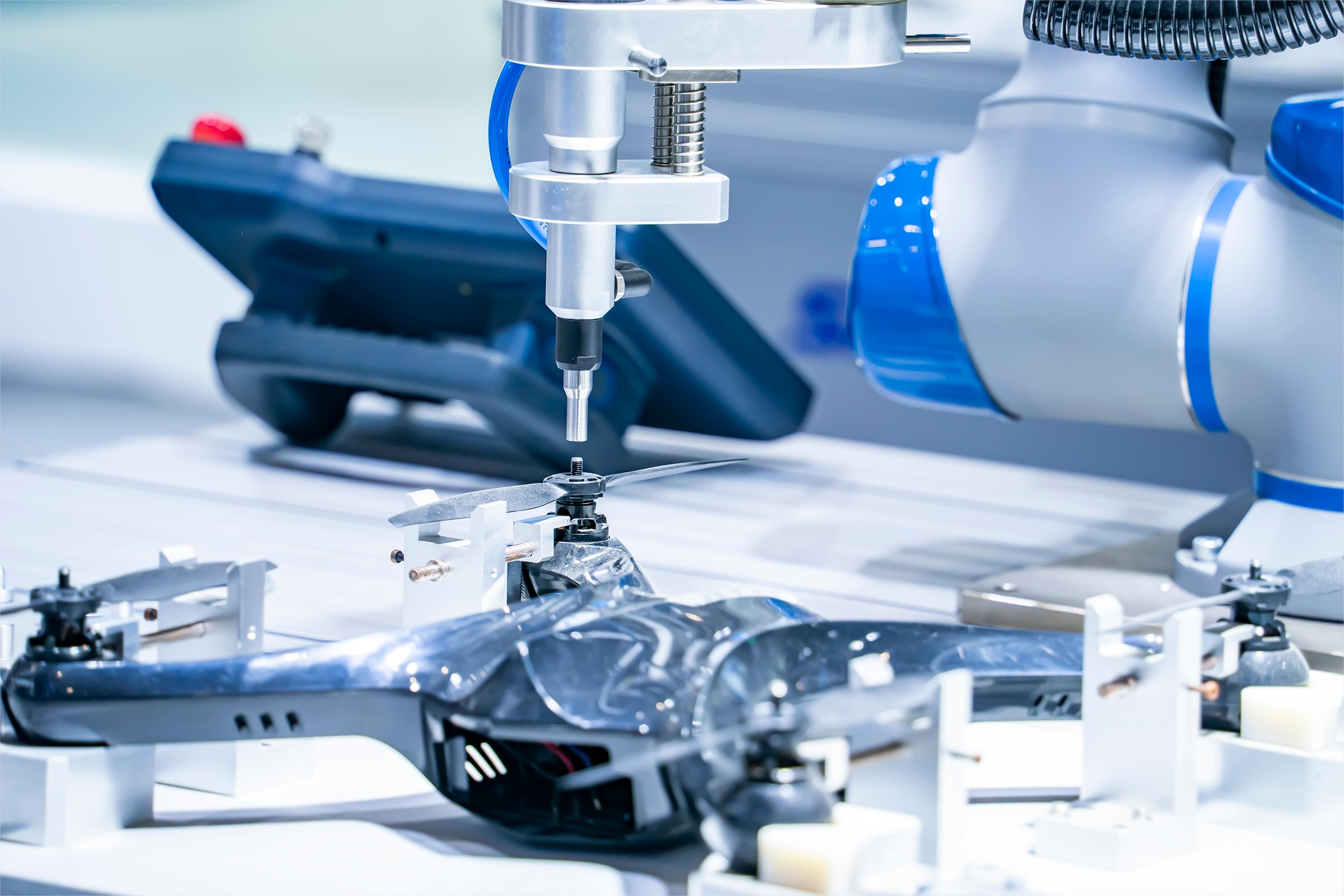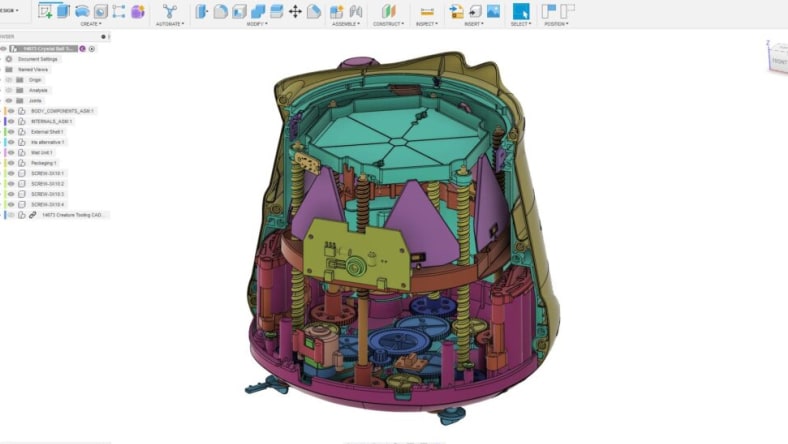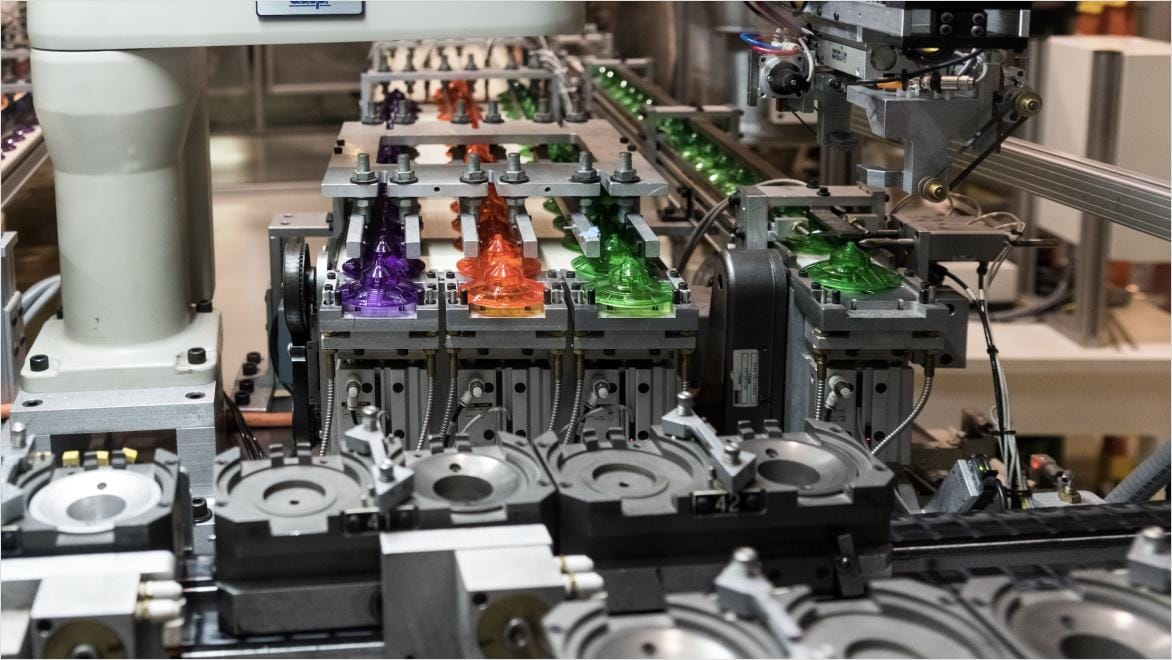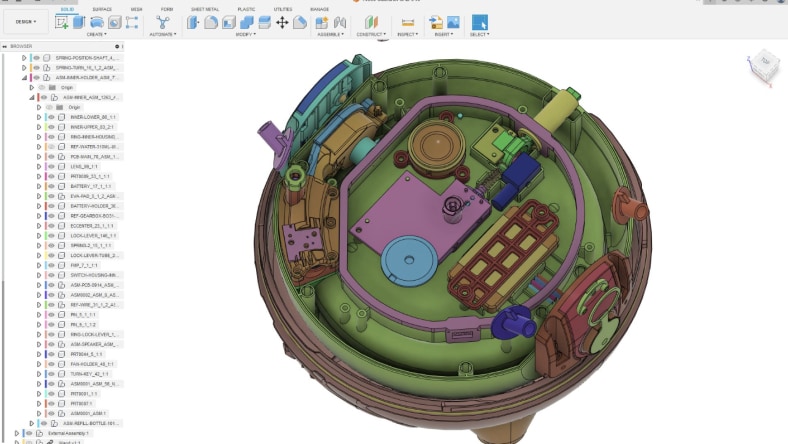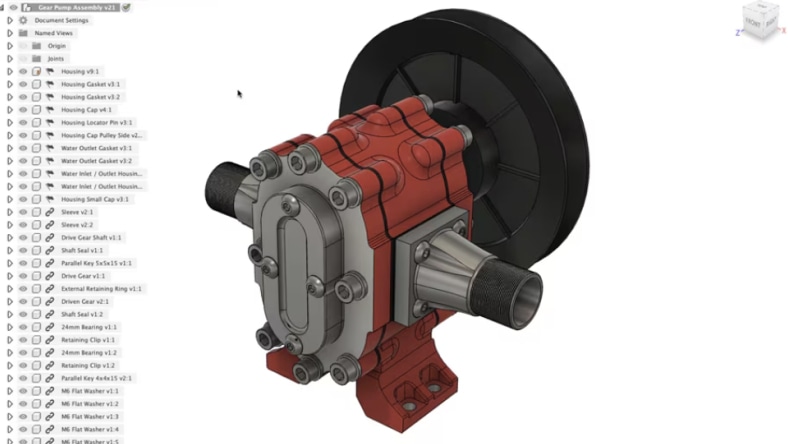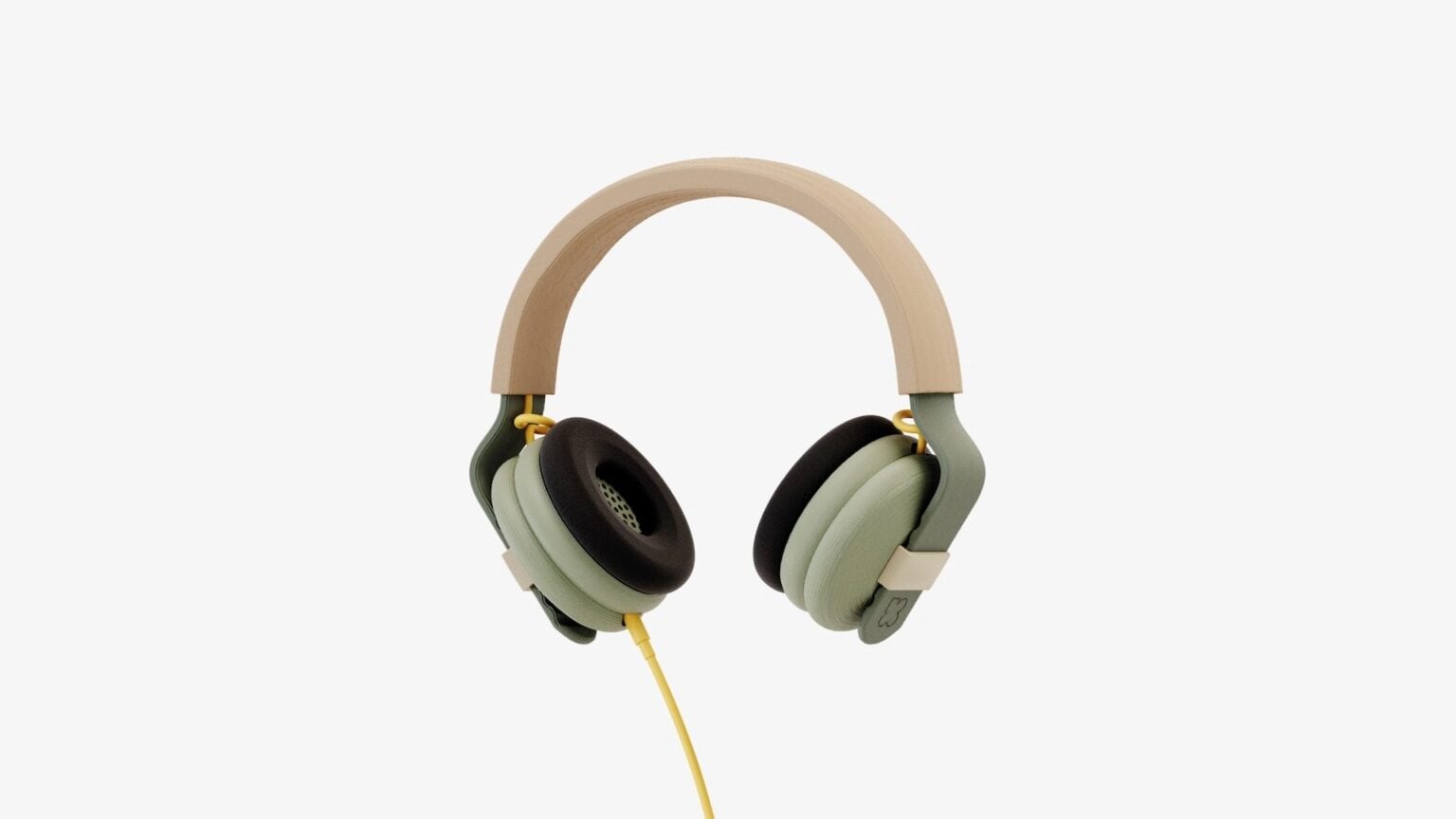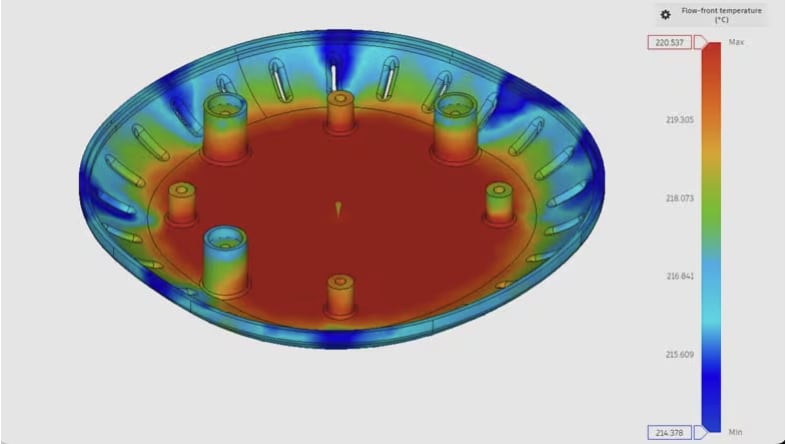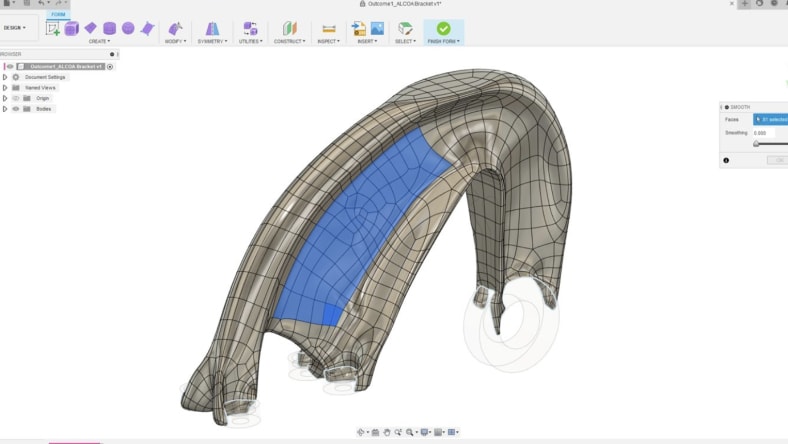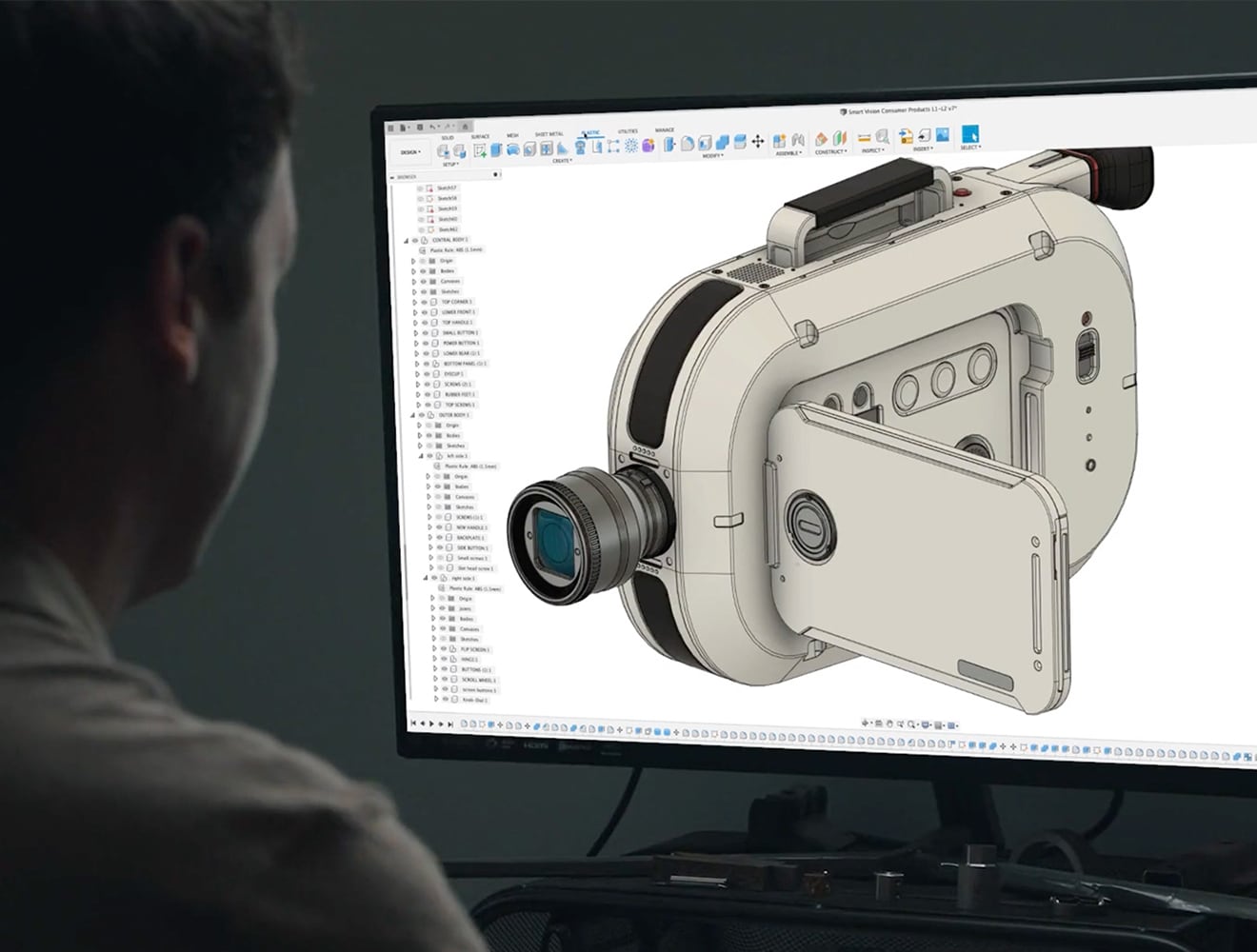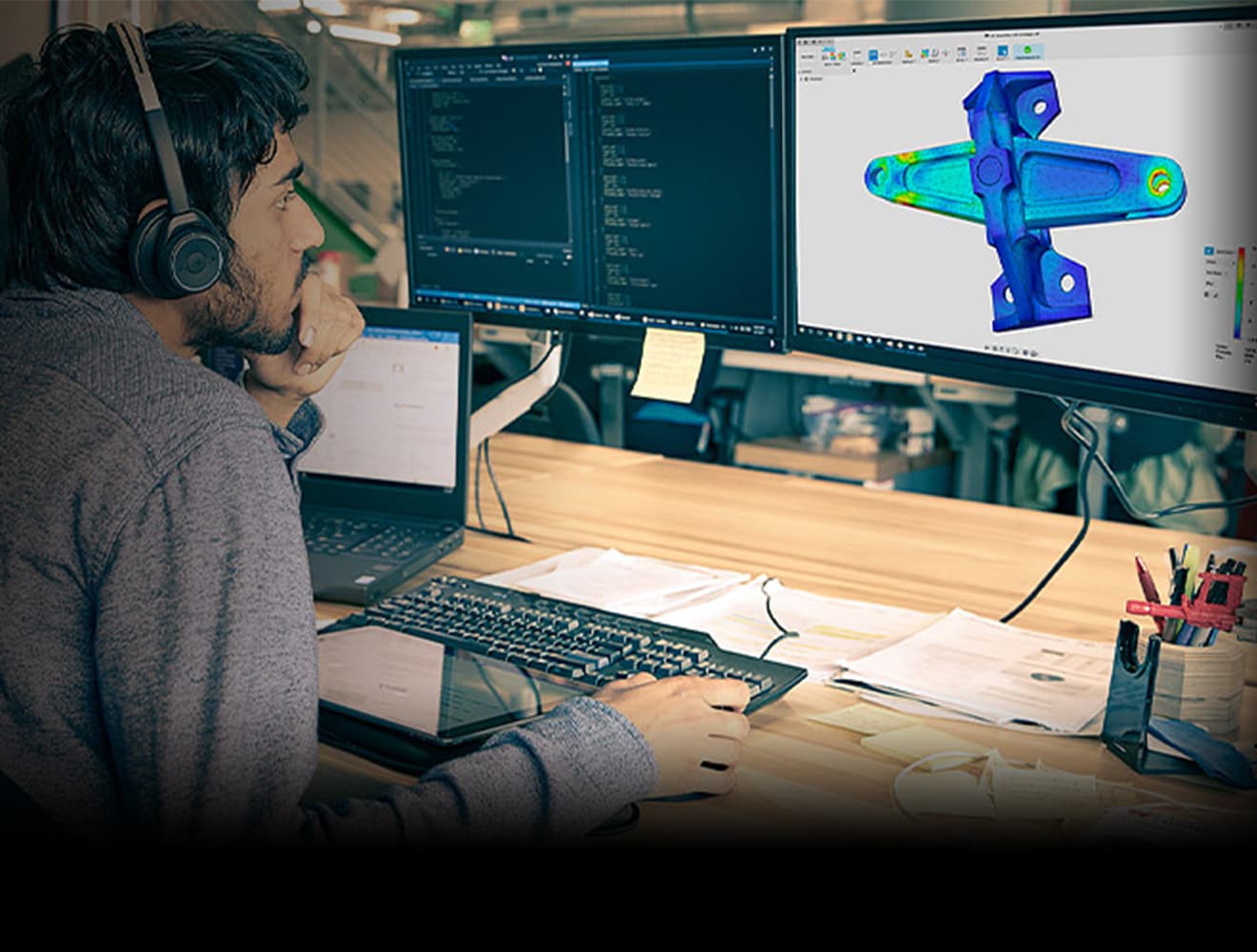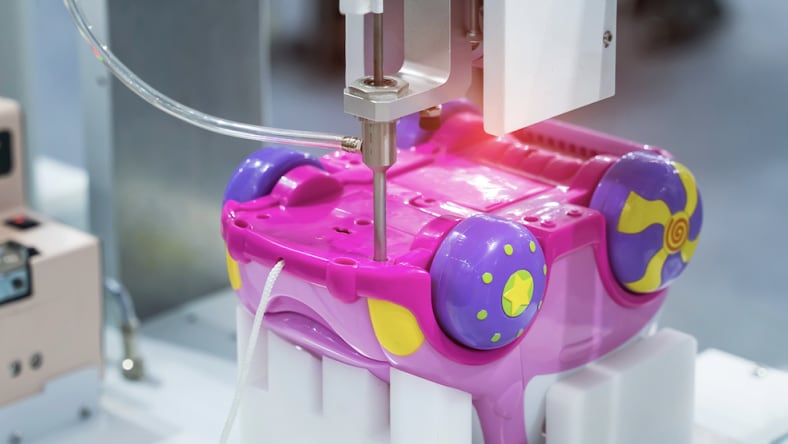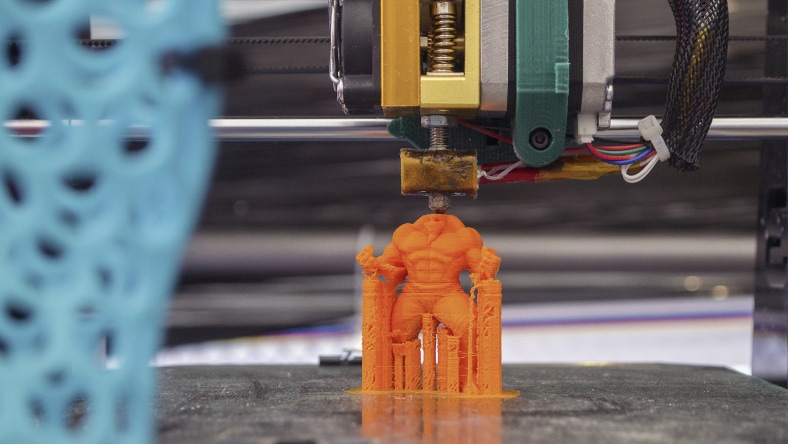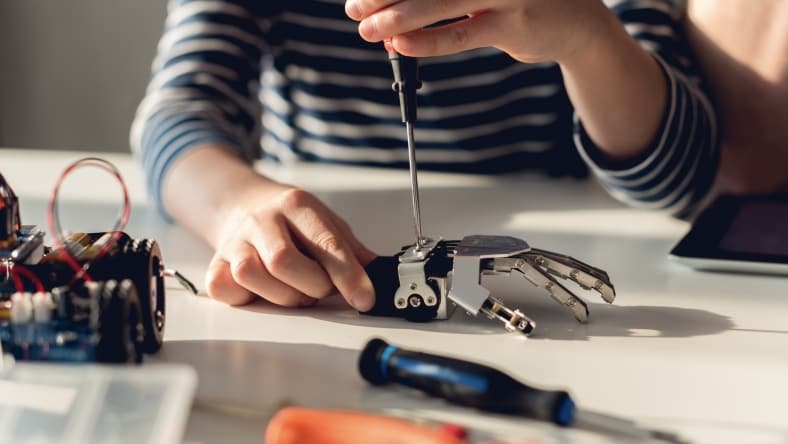Modern technologies like 3D printing have significantly impacted the toy manufacturing process. Traditionally, toy manufacturing involved creating moulds and mass-producing toys, which could be time-consuming, expensive and limited in design possibilities. With 3D printing, manufacturers can easily produce unique and intricate designs without the need for moulds. This has made it much cheaper and more efficient to create toys, even at home.
Furthermore, 3D printing allows for rapid prototyping, meaning ideas can be brought to life quickly and changes can be made easily. Toys can be tested and refined faster, resulting in a more efficient design process. 3D printing also offers the potential for greater sustainability in toy manufacturing. As a form of additive manufacturing, it minimises waste by using only the material needed for the toy. Moreover, it has the capacity to use bioplastics and recycled materials, positioning 3D printing at the forefront of eco-conscious manufacturing processes.



